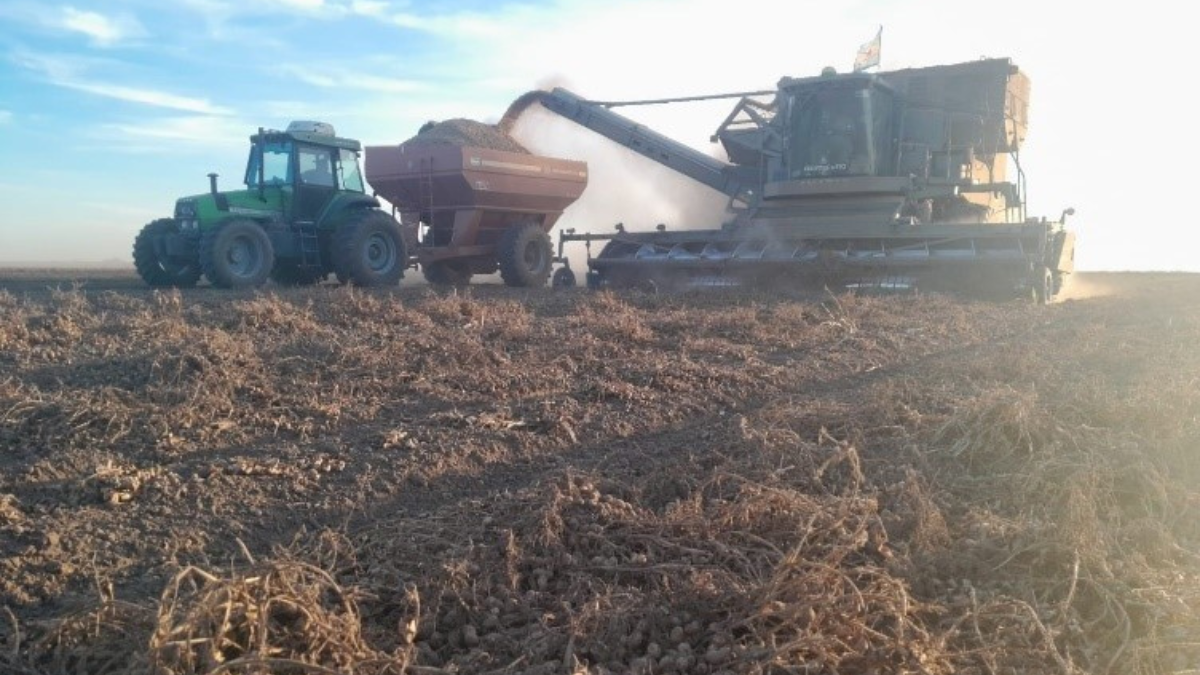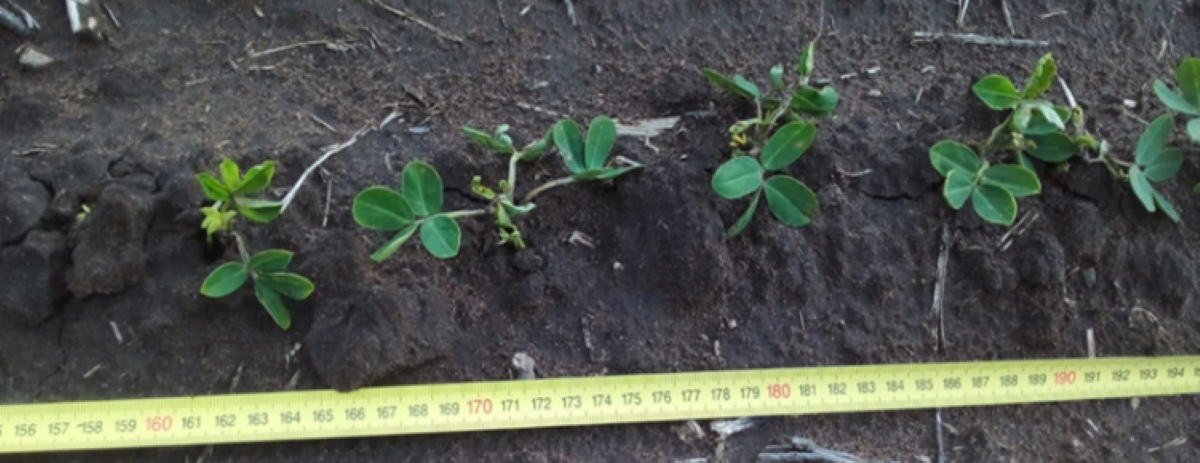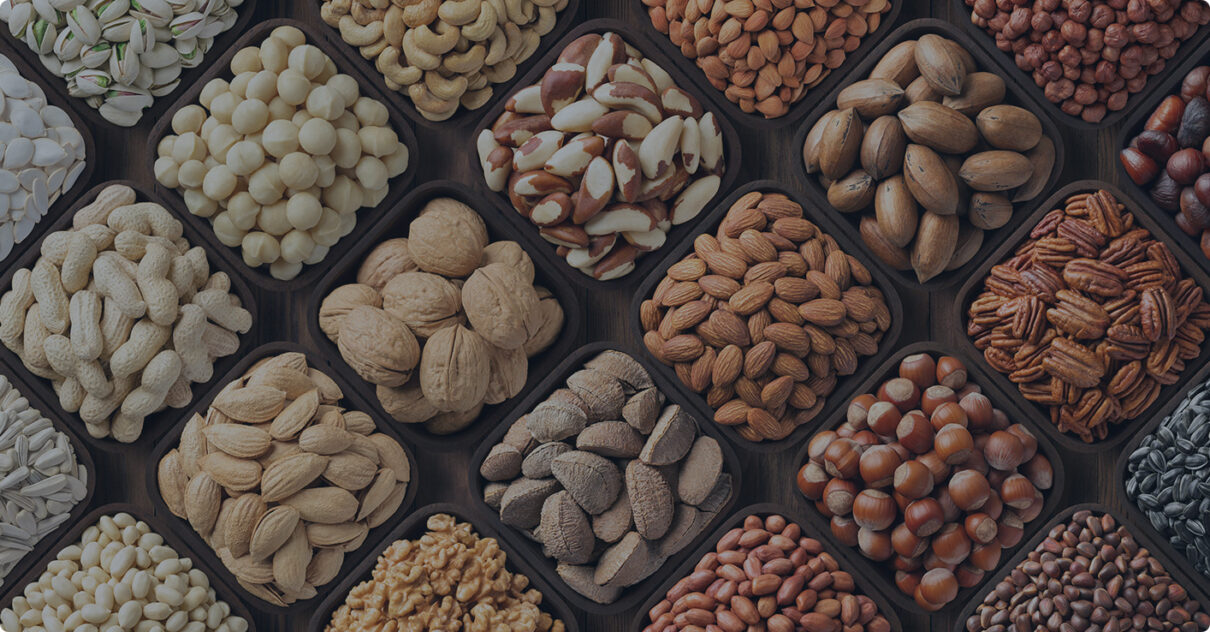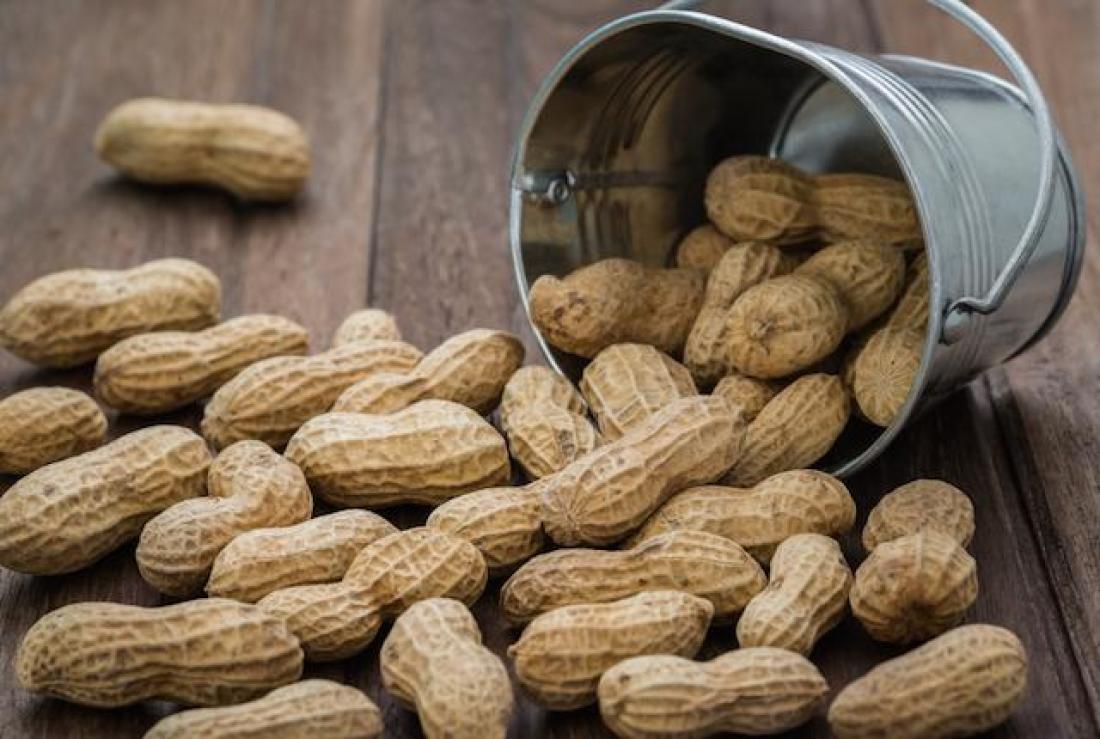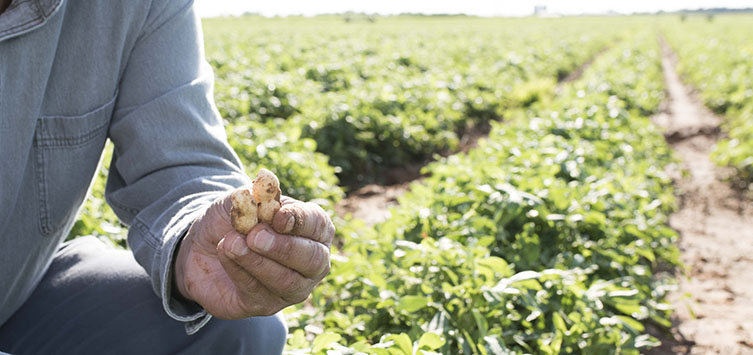
2nd Peanut Crop Report as per December 7th
General Overview
Despite the lack of significant and widespread rainfall in the peanut area during the winter and spring seasons, planting tasks progressed without major problems after rains occurred during the first and second half of November. These last rains were opportune to increase soil moisture levels, allowing growers to move forward with planting tasks. Peanut plantings were completed before November 30, which is considered within the optimal time frame for peanut planting.
As we have been stating lately, the weather has been presenting very dizzying and extreme changes, with rainfall well below expectations and historical averages, in addition to the fact that temperatures in November and December have been extreme. Faced with this pessimistic scenario, Argentina started a new peanut season.

Although the aforementioned rains allowed plantings and emergencies to be carried out, soil moisture levels are far from optimal, especially in the northern and central areas, where rains were less significant and scattered.
Some of the most recognized extended forecasting weather models predict a season with a high predominance of the La Niña phenomenon, which means that rainfall will be insufficient during the next 2 months. By February, the season should shift to a more neutral condition, bringing rains that will surely be necessary for the crop.
The condition of the crop could be described as good to very good, taking into account that they are in the vegetative stage. Ninety-five percent of the planted peanuts are already at an advanced emergence stage, while the remaining five percent are at an early emergence stage.

Our reference map of peanut production areas

A little more about rains and temperatures
Below is a map of rainfall during October in the province of Córdoba, which concentrates the largest area of peanuts plantings in Argentina:

In the above picture, it is reflected the rains during November 2022 against the historical records, and the difference, which in most of the cases show that rains are below than the normal path.
Last Saturday, a few days after this report was issued, we had some rainfall and heavy storms in the Northern part of Cordoba (Rio primero), varying from 10 mm till 100 mm. Central and Southern part of Cordoba unchanged.
As for temperatures, the records for the first two weeks of November were normal. Minimum temperatures were around 17°C, while maximum records were between 27°C and 29°C. By the 3rd week of November, minimum and maximum temperature records increased to 18°C. and 30 and 31°C respectively, creating optimal growing conditions. (Source: SMN).
During the first/second week of December, more precisely from the 6th to the 13th, we will be experiencing a heat wave throughout the country with extreme temperatures and intense winds. This episode will put the entire peanut production area on alert, as maximum temperatures of more than 40ºC are expected in all areas. This extreme weather situation may cause irreparable damage (loss of plant stand) to the peanut crop, since the emerged seedlings have not yet developed a pair of true leaves and still maintain the cotyledons (nutrient and moisture reserve organs).

On the other hand, the water reserve in the soil is very scarce, as the following map show, which mean that rains will be needed to have a decent development of the crop:

Finally, to end with the weather conditions, the extended forecast, according to the following image, models the probabilities of occurrence of each event according to ENSO, it can be observed that the month of December (2022) continues with low probabilities of rainfall occurrence, followed by January. The occurrence of an ENSO is null, but a neutral year begins to become evident towards the end of February 2023.

Planned field work
Considering that planting tasks are completed, attention is now focused on herbicide treatments to control resistant weeds. This task becomes more difficult every year because these weeds develop resistance to existing herbicides, which forces agronomists to look for other alternatives to obtain satisfactory results. However, the main problem this year is related to drought, since soils cannot incorporate herbicide particles effectively, reducing the impact of agrochemicals.

Final comments
More rains will be needed soon to improve soil moisture records, since we have low water profiles useful for the crop.
Regarding the phenological stage of the crop, those peanuts planted in October are in advanced vegetative stages (V2-VN) and those planted in November (northern zone) are in emergence and early vegetative stages.

The area planted to peanuts in October 2022 was the lowest in percentage terms compared to the last seasons. Particularly this year, it was 35% in October and 65% in November. The lack of significant rainfall was the main reason because plantings were delayed and, despite initial concerns, it was a good result considering the extended weather forecast.
Rains will be extremely important from now on.









